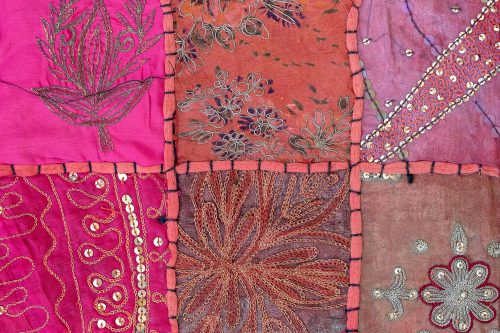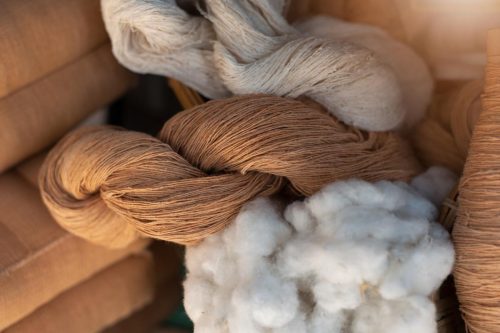Are you tempted by photos that illustrate stacks of beautiful handmade soaps? You can craft a variety of unique creations using soap making techniques. As a beginning soapmaker, you may wonder what to expect in terms of supplies' cost to make soap. We've researched what you'll need and how much it will cost to begin making homemade soap.
Handmade soap supplies vary widely in cost. On average, a loaf of soap will cost about $7/loaf to make. Start-up supplies and tools for soap making will average $50-100. However, you can easily get started in soap making with a minimum of supplies. With many options for soapmaking tools and supplies available, you can invest as much or as little as you desire. With some creativity and shopping your own kitchen cabinets, you'll find that you may already own many items that can be used in soapmaking.
Let's dive a little deeper into exactly what you'll need to make soap and estimates on the cost of your supplies. We'll also give some alternatives and ways to cut costs potentially.
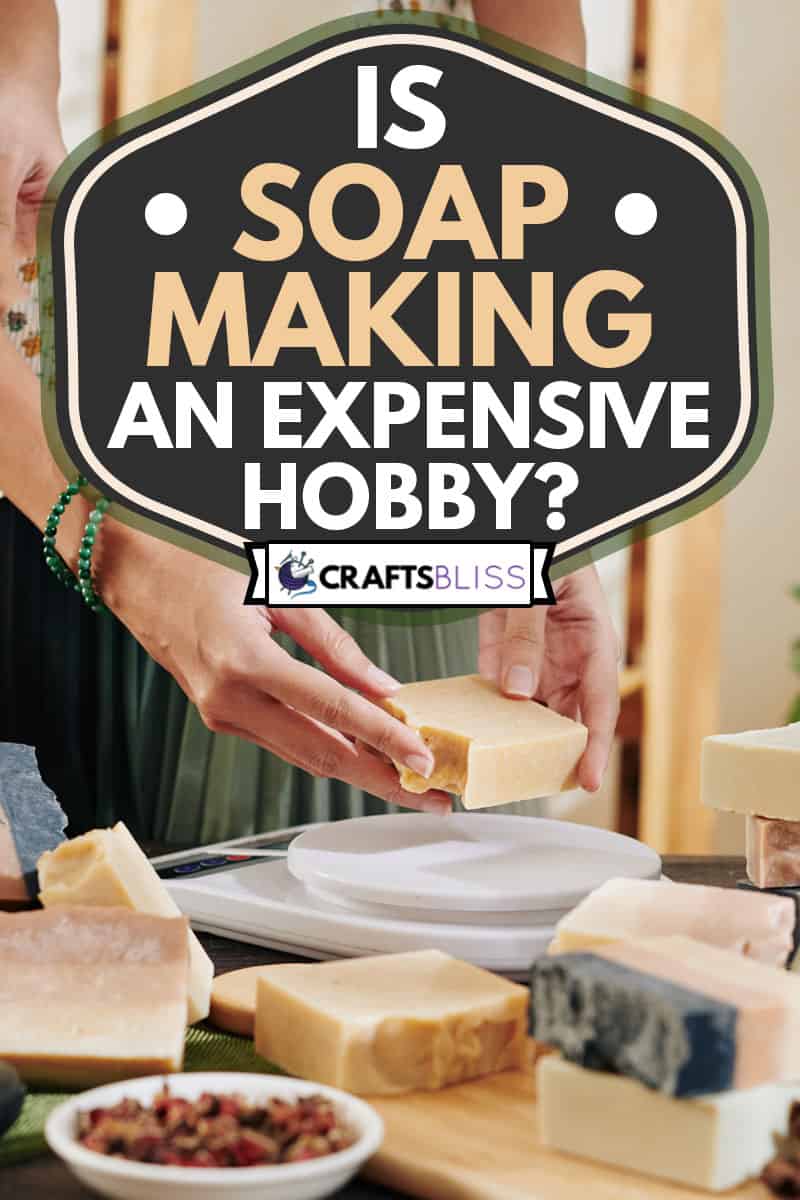
Is Soap Making an Expensive Hobby?
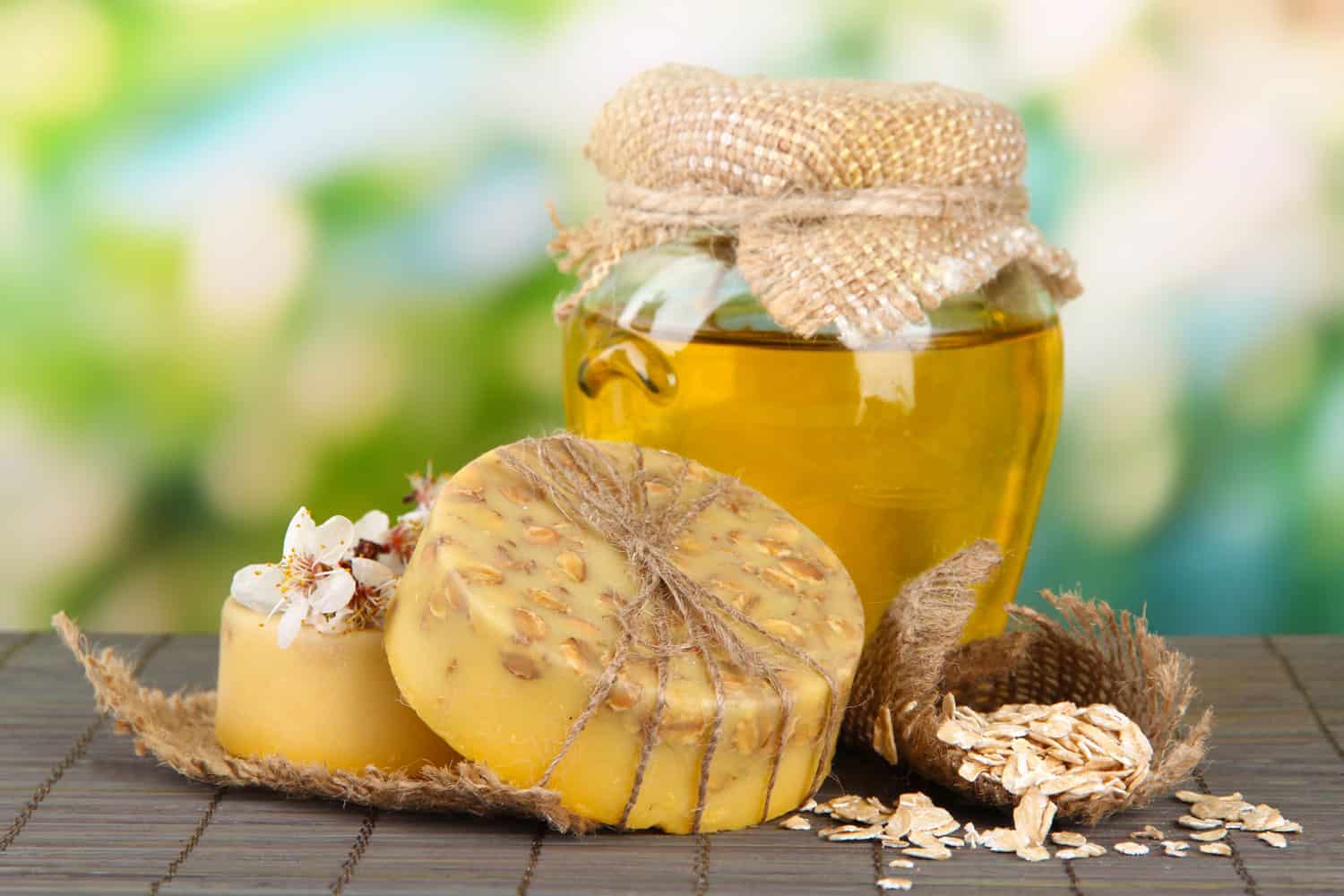
As a new soapmaker, you'll want to start with fundamental supplies and decide if the hobby is for you. Once you decide you are all in for soapmaking, you can gradually upgrade and add to your supplies. You may even want to experiment with various styles and additives for your soaps.
Many of the basic soap making supplies are items that you probably already have in your kitchen. Using these items will save a lot on your initial equipment expense. Check your cabinets and see if you have any of the following:
- Immersion blender
- Plastic or glass microwaveable container
- Stirring utensils (silicone or stainless steel)
- Kitchen scale
- Cutting board
- Molding containers
A great way to test the waters of soap making at minimal cost is with a kit. Kits will contain all the basic supplies with instructions for how to do a project. You'll also start building your soap making supply closet with the items that come in the kit. As you move to more complex recipes, you can add items to your supply stash. Here are a couple of kit options that will get you started on your soap making journey:
Click here to see this kit on Amazon.
Click here to see this kit on Amazon.
Beginners will find the melt and pour method of soapmaking simpler in both method and ingredients and supplies needed. Streamlining ingredients and supplies is the most cost-effective way to begin crafting soap.
Cold and hot process soap techniques will use more additives and supplies, which will drive up the cost per bar to create. These techniques are also more complicated so start simple and then consider learning these techniques as your skills grow.
What Do You Need To Start Soap Making?
Here's what you'll need to start your soap making adventure:
Melt and Pour Soap Base
Soap bases contain different ingredients and will affect the way your finished soap looks and feels. By choosing different bases, you can make a soap that lathers more or less, moisturizes, etc.
Melt and pour bases are the simplest for beginners. The soap base is melted in a microwave or soap melter and then reformed by pouring into the desired mold shape.
Click here to see this soap base on Amazon.
Soap Safe Fragrance Oil
If you would like to add scent to your soap, you will add a soap safe fragrance oil to the soap base. Soap can be left unscented, or custom fragrances can be created to add to your homemade soap experience.
Click here to see this fragrance oil on Amazon.
Soap Dye
Soap dye is used to alter the color of your soap base. Soaps can be left natural in appearance, or by adding dye, you can create custom colors.
Click here to see this soap dye on Amazon.
Molds
Soap molds are containers that the melted base is poured into. Once the base hardens, it will reform into the shape of the mold. Specifically shaped molds like hearts or bars can be used, but you can also use common household containers as molds. Large molds can be used, and then after the soap has hardened, the loaf can be sliced to form bars of soap. Silicone is an excellent material to look for in molds because it releases hardened soap easily.
Click here to see these molds on Amazon.
Stirring Utensil
A spoon or silicone spatula will be needed to stir the soap base as it melts and adds in colors and fragrance.
Click here to see this spatula set on Amazon.
Plastic Or Glass Microwavable Container
If you use your microwave to melt the soap base, you’ll need a container safe for use in the microwave.
Click here to see these containers on Amazon.
Scale
At times, you may need to measure ingredients by weight. A kitchen scale will come in handy for additives to your soap.
Click here to see this scale on Amazon.
Cutting Board Or Solid Cutting Surface
If you make “loaves” of soap for cutting into bars, you’ll need a cutting board or solid surface to cut the bars.
Click here to see these cutting boards on Amazon.
Sharp Knife Or Soap Cutter
A soap cutter can help slice soap loaves into even bars.
Click here to see this soap cutter on Amazon.
If you're interested in more information on obtaining soap-making supplies, check out our post Where to Buy Soap Making Supplies.
Do you Save Money Making Your Own Soap?
You won't save any money by making your own soap at home. Making your soap will cost more per bar than store-bought soap, but there are some ways to decrease the cost. The initial investment in equipment is a one-time expense, but you will also have to buy the ingredients to make your soaps. Some recipes may contain the addition of herbs, scents, or other additives that drive up the final product’s cost.
Overall, soap making is not a considerable investment for the start-up. The largest expense is the soap base. Check online sites to see if coupons are available or if buying in bulk is less expensive.
Shop your home and kitchen to see what supplies you may have. Items like melting and pouring containers, cutting boards, scales, stirring utensils are items you probably already have. Think outside the box for things that can be used as molds. If you have silicone muffin or baking pans, these make marvelous molds. You can even use plastic storage containers for molds.
Remember, the benefits of custom soap may outweigh the cost. When you make your own soap, you know exactly what ingredients went into it and create specific formulas for sensitive or dry skins. Handmade soap is a specialty item that is both pretty and functional. These beautiful creations make great gifts or can even be sold as a home-based business.
Is It Safe To Make Soap At Home?
If you are making cold or hot process soap, you will be using a substance known as lye or sodium hydroxide. Lye is caustic and can be dangerous if proper precautions are not taken. With care and attention to protective equipment, you can safely use lye and make soap at home.
Lye can cause damage to skin or eyes if splashed while making soap. It is also harmful if inhaled or swallowed. To reduce the risk of working with lye, take the following precautions:
- Wear safety glasses to protect your eyes.
- Wear long-sleeved clothing to protect the skin on your arms.
- Wear rubber gloves while working with lye.
- Avoid inhaling fumes when mixing lye and liquids.
- Keep children and pets away when working with lye to avoid spills and distractions.
- Work near a source of running water and rinse any splashes under running water for at least 15 minutes.
- Store your lye in a safe place out of reach of children.
What Is The Cheapest Way To Make Soap?
There are several ways you can save money on your soap making. With some thoughtful substitutions and careful shopping, you'll be amazed that the savings.
First, substitute household items for expensive soap molds. Many containers, milk cartons, yogurt containers can be repurposed as a soap mold.
Also, shop your kitchen for other soap-making supplies. Melting containers, scales, stirring utensils are all items you probably already have in your home.
Keep an eye out for sales and coupons for soap making supplies. Signing up on websites will often keep you in the loop on sales from your favorite sites. Considering buying soap bases in bulk to get a better price.
Consider leaving out fragrances and colors for a naturally scented and colored bar of soap. These items add to the expense and can be saved for later when you've already built up your supply of basic items.
Choose a recipe that is well tested and specific. This will ensure you don't waste ingredients on an experiment that might not turn out well. If you do make a batch of soap that doesn't come out right, don't throw it away. Often you can re-melt this failed batch and use it again in another project.
Our post, The 8 Methods of Soap Making, will guide you on creating several different styles of soaps and the supplies you'll need to make them.
Options for Every Budget
With so many choices in methods of soap making, there is a project to fit every budget. Your initial soap projects can be done inexpensively using supplies you already have on hand and starter melt and pour soap bases. Once you've experimented and decide to take the plunge into more complicated projects, you can upgrade your supplies and techniques and invest in higher quality supplies. Soapmaking can be an enjoyable creative hobby for both beginners and experts.












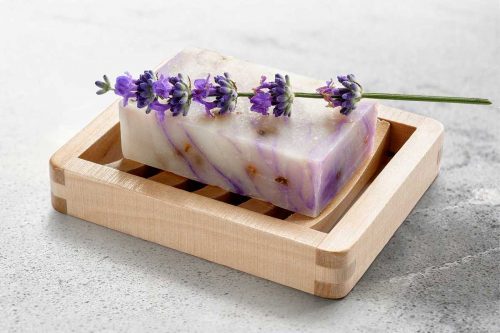
![Read more about the article Can You Glue Ceramic Back Together? [And How To]](https://craftsbliss.com/wp-content/uploads/2023/01/Hand-applying-liquid-glue-on-ceramic-broken-pieces-repairing-a-green-plate.-Can-You-Glue-Ceramic-Back-Together-And-How-To-500x333.png)

